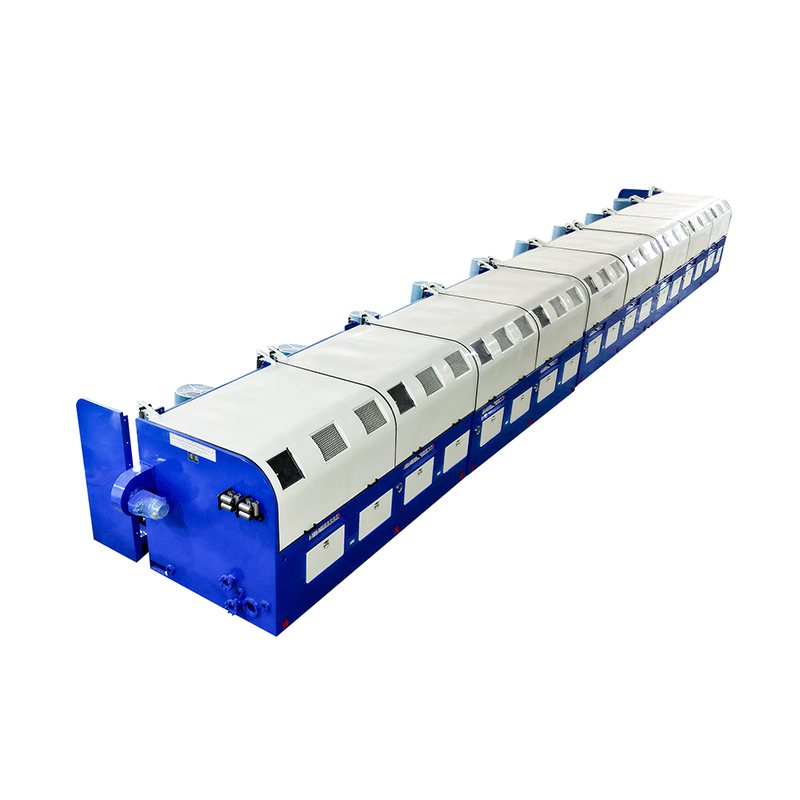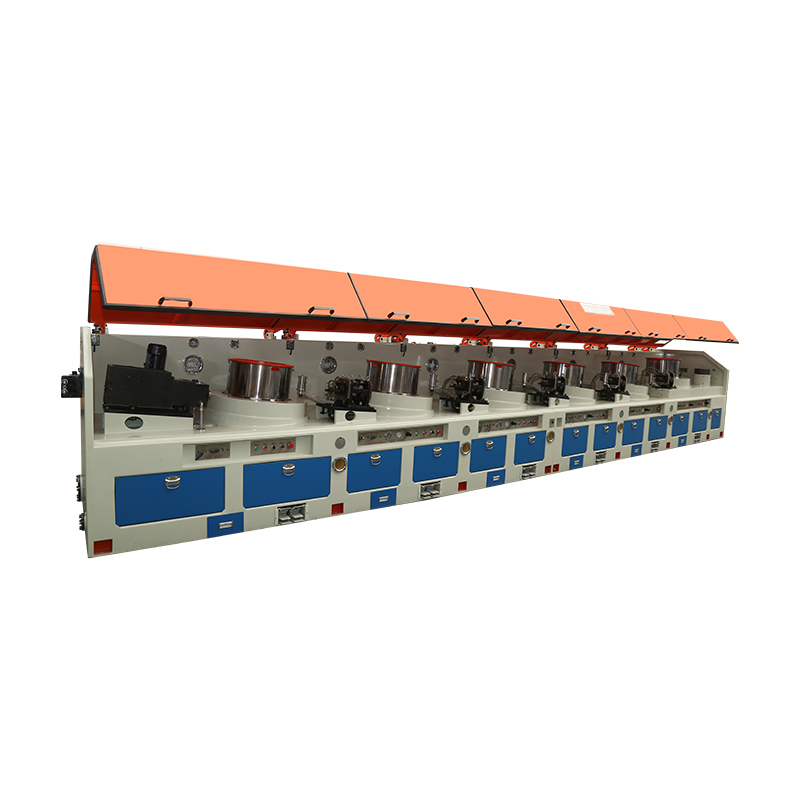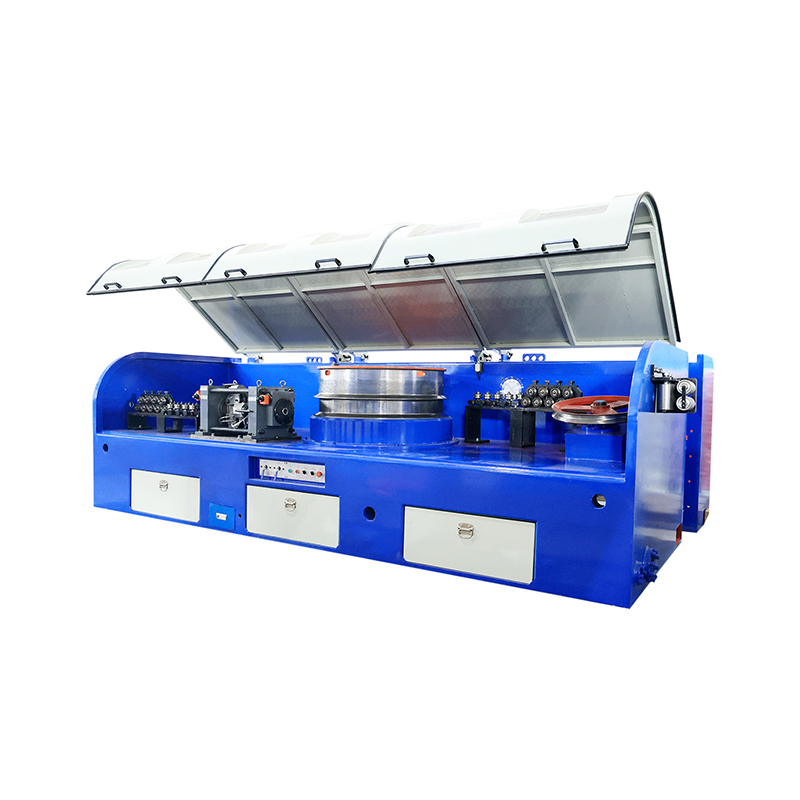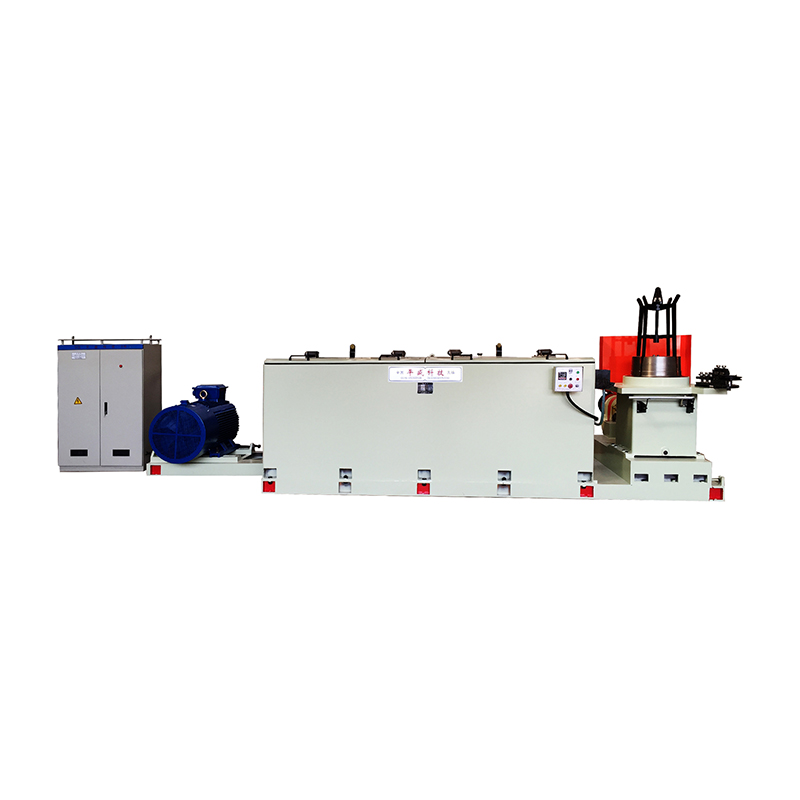Wet Wire Drawing Machine: The Backbone of High-Precision Metal Wire Manufacturing
In the world of metal processing and industrial manufacturing, the production of high-strength, dimensionally accurate wire is essential for countless applications—from construction and automotive engineering to electronics and aerospace. At the heart of this precision wire production lies a critical piece of machinery: the Wet Wire Drawing Machine.
Engineered for efficiency, consistency, and superior surface quality, the wet wire drawing machine has become the standard in modern wire manufacturing. By combining controlled mechanical reduction with a continuous cooling and lubrication system, this advanced equipment enables the transformation of coarse metal rods into fine, high-tensile wires with exceptional roundness, smoothness, and mechanical properties.
Whether you're producing copper wire for electrical cables, stainless steel wire for medical devices, or alloy wire for industrial springs, a wet wire drawing machine delivers the precision and reliability needed to meet today’s demanding quality standards. In this comprehensive, SEO-optimized article, we’ll explore how wet wire drawing machines work, their key advantages, common applications, and why they are indispensable in the global wire and cable industry.
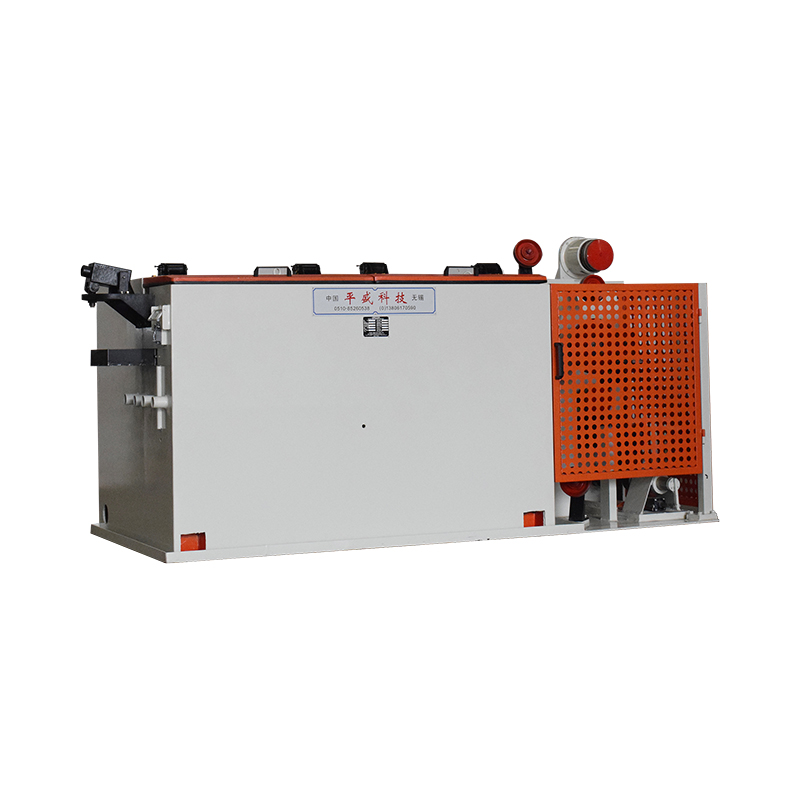
What Is a Wet Wire Drawing Machine?
A wet wire drawing machine is an industrial system designed to reduce the diameter of metal wire through a series of dies while simultaneously using a water-based lubricant to cool and protect the wire and tooling. Unlike dry drawing processes, which lack active cooling, the "wet" method immerses the wire in a continuous flow of lubricant during the drawing process—hence the name.
This lubricant, typically a specialized oil-in-water emulsion, serves multiple critical functions: it reduces friction between the wire and the drawing die, dissipates heat generated by plastic deformation, prevents surface defects, and extends die life. The result is a smoother, cleaner, and more dimensionally stable wire—ideal for high-performance applications.
Wet wire drawing machines are available in various configurations, including single-block, multi-drum, and continuous pay-off/take-up systems, capable of processing wire diameters from several millimeters down to less than 0.05 mm.
How Does a Wet Wire Drawing Machine Work?
The wire drawing process is based on the principle of cold working, where metal is plastically deformed at room temperature to achieve desired dimensions and mechanical properties. Here’s how a typical wet wire drawing machine operates:
Uncoiling: The process begins with a large coil of rod or pre-drawn wire being fed into the machine from a pay-off reel.
Acid Cleaning or Shot Blasting (Optional): Before drawing, the wire may undergo surface treatment to remove scale, rust, or oxides that could damage the dies.
Lubrication Tank: The wire enters a lubricant bath where it is thoroughly coated with a drawing emulsion.
Drawing Dies: The wire is pulled through a series of precision tungsten carbide or diamond dies, each slightly smaller than the last, gradually reducing its diameter.
Capstans and Drums: Motor-driven capstans provide the pulling force, while intermediate drums guide and tension the wire between stages.
Cooling and Filtration: The lubricant is continuously cooled and filtered to maintain optimal viscosity and cleanliness.
Rewinding: The finished wire is wound onto a take-up spool at a controlled tension, ready for further processing or packaging.
Modern wet wire drawing machines are equipped with CNC controls, tension sensors, and automated monitoring systems that ensure consistent speed, alignment, and quality throughout the process.
Key Advantages of Wet Wire Drawing Technology
Superior Surface Finish
The constant lubrication prevents galling, scoring, and surface cracking, resulting in a bright, smooth wire surface—essential for applications like electrical wiring and medical devices.
Effective Heat Dissipation
Friction during drawing generates significant heat. The wet system cools the wire and dies in real time, preventing overheating, softening, or premature wear.
Extended Die Life
Lubrication reduces wear on drawing dies, which are expensive and time-consuming to replace. This lowers maintenance costs and increases uptime.
High Drawing Speeds
With proper cooling, wet machines can operate at higher speeds than dry systems without compromising wire quality.
Consistent Dimensional Accuracy
Precise die alignment and stable tension control ensure uniform wire diameter and roundness, meeting tight tolerance requirements (±0.01 mm or better).
Improved Mechanical Properties
Cold drawing increases tensile strength and hardness through work hardening, while maintaining ductility when properly controlled.
Suitable for Fine and Ultra-Fine Wire
The wet process is especially effective for producing thin wires used in electronics, sensors, and micro-components, where surface integrity is critical.
Scalability and Automation
Modern wet drawing lines can be integrated into fully automated production systems, supporting high-volume manufacturing with minimal manual intervention.
Materials Commonly Processed
Wet wire drawing machines are highly versatile and can process a wide range of metals and alloys, including:
Copper and Copper Alloys: For electrical conductors, magnet wire, and telecommunications cables.
Stainless Steel: Used in surgical instruments, springs, and corrosion-resistant fasteners.
Carbon and Low-Alloy Steel: For tire bead wire, spring wire, and high-strength cables.
Aluminum: Lightweight wire for aerospace and power transmission.
Precious Metals (Gold, Silver, Platinum): In fine wire form for electronics and jewelry.


 EN
EN
 English
English Español
Español Français
Français Português
Português عربى
عربى

